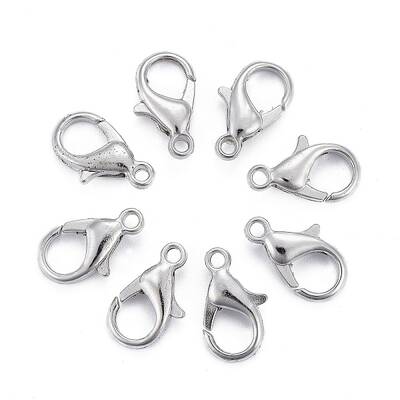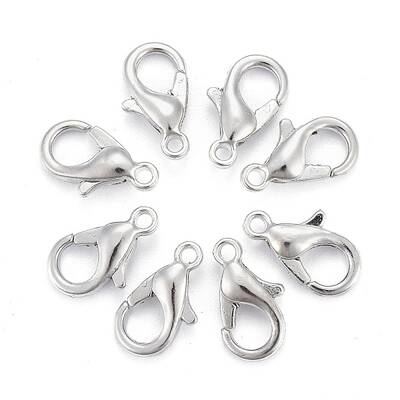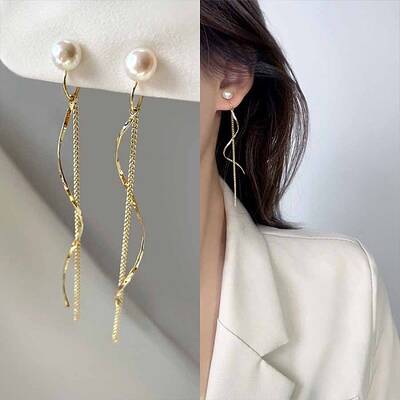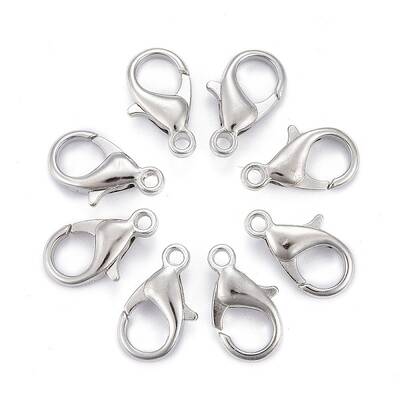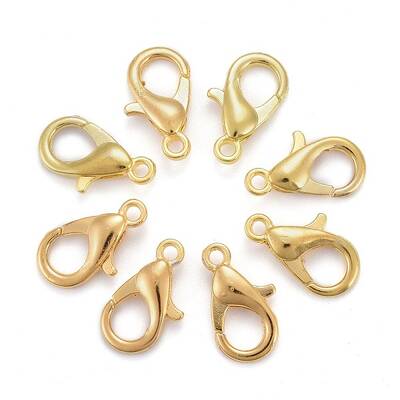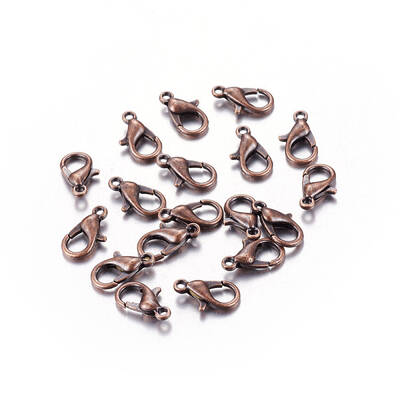Seville is a captivating city with a fascinating past. On this walking tour, you’ll explore its period of greatest splendour, which was sparked by Columbus reaching the Americas in 1492. Seville obtained a monopoly on trade with Spain’s vast colonial empire, transforming the city into one of the world’s great ports which attracted merchants, sailors, artisans and artists – as well as criminals and chancers – from all over Europe. Its new wealth paid for the magnificent buildings and works of religious art by the great Baroque masters that still adorn the city today. This Seville tour starts at the Archivo de Indias (the General Archive), which preserves a record of Spain’s colonial past, including the Treaty of Tordesillas. From there, you’ll wind your way past the old shipyards and the Royal Mint. Then you’ll head down to the mighty River Guadalquivir, watched over by the Torre del Oro, Seville’s golden watchtower and now a museum. After a stroll along the river, you’ll return into the old walled city, passing many of Seville’s monumental buildings, including Ayuntamiento de Sevilla (the city hall), and the Catedral de Sevilla (the Seville Cathedral). Finally, you’ll stroll through the old Jewish quarter of Santa Cruz to end in front of Hospital los Venerables, a Baroque-style mansion and museum. Along the way, you’ll: • Find out why Seville was given a monopoly on trade with the Americas • Stroll up the pleasant Paseo del Rio Guadalquivir, the promenade along the river which is now popular with joggers, cyclists and tourists • Hear about the first sailors to circumnavigate the globe, including what their actual aim was when they set out, and the many trials and tribulations they suffered during their voyage • Walk out onto Puente de Triana (Triana bridge), and take in stunning views up and down the river • Gaze upon the ornate Puerta del Perdón y Patio de los Naranjos (the Gate of Forgiveness, which leads into the Orange Tree Courtyard) • Learn about the great Baroque artists like Murillo and Velázquez, and find out where you can see some of their masterpieces You’ll also discover: • Why Brazil is Portuguese-speaking and the rest of South America speaks Spanish • How the continent of America got its name, and why the Spanish called it the “Indies” • Why it’s hard to see which way the river is flowing • How Columbus kept travelling even after he died! • What caused Spanish writer, Miguel de Cervantes, to be imprisoned, and which book it inspired him to write By the end of this two-hour tour, you’ll have a better understanding of why Seville blossomed as the gateway to the Americas, ushering in a golden age of the arts, and influencing the culture and cuisine of Spain, Europe and Asia.
Gateway to the Americas: A Walking Tour Through Seville’s Golden Age

